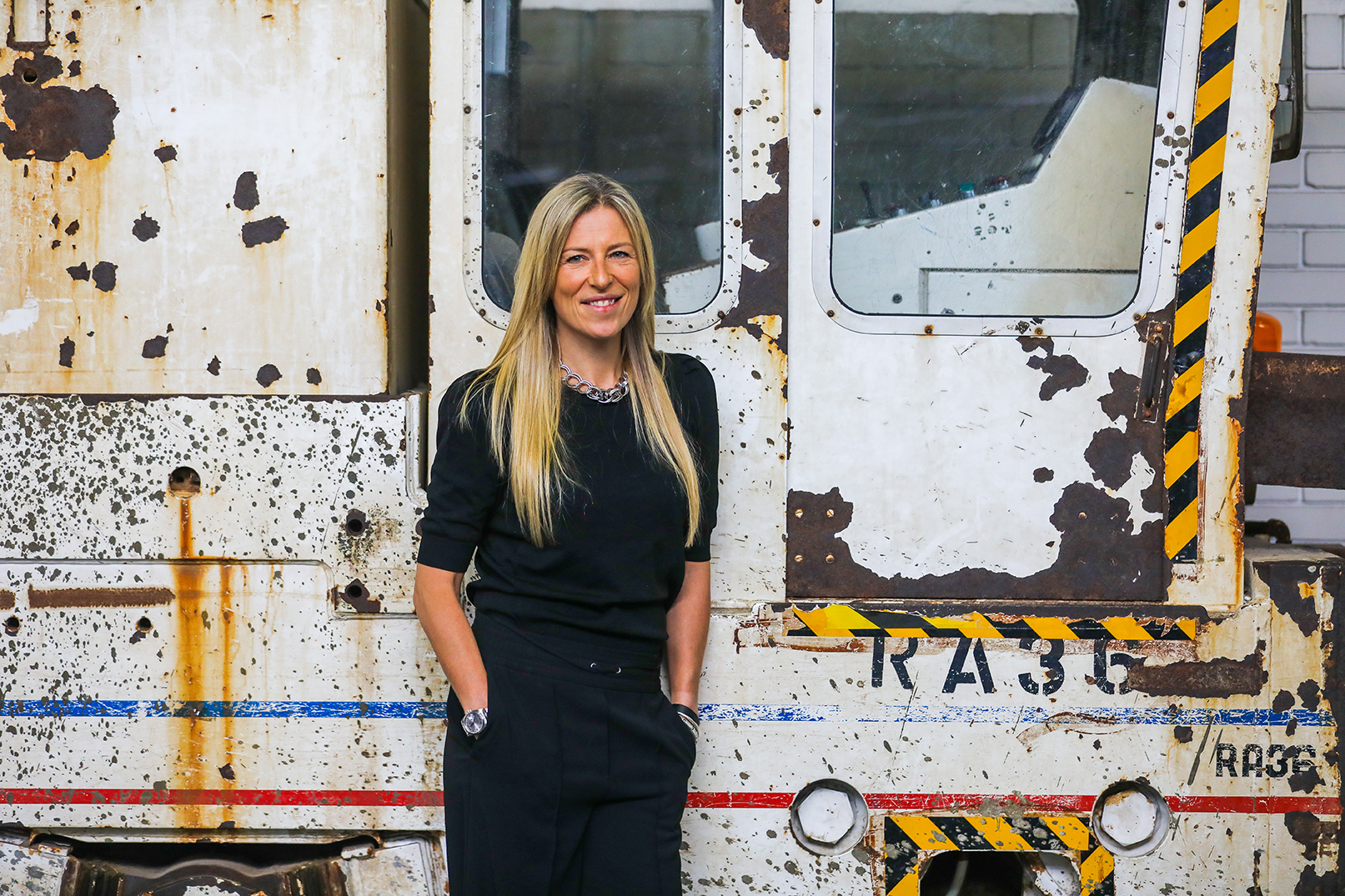The fulfilment of working on long-term real estate strategies with non-private-sector occupiers is what ultimately led Tom Devine, Partner, and Nicky Visick, Consultant, to start working together.
Subscribe to Commercial Journal to receive content like this directly to your inbox

ISSUE 02 | February 2023
"Our clients and the advice we give don’t necessarily provide the best result in terms of immediate fee income; rather, it is trusted, long-term advice"

Read more:
Energy efficient buildings
Property & Asset management
Mind The Gap
The Value-add of long-term strategy
The ‘Cinderella’ of the surveying world
A void left in town centres and retail parks
UP NEXT:
Energy efficient buildings
Property & Asset management
Mind The Gap
The Value-add of long-term strategy
The ‘Cinderella’ of the surveying world
A void left in town centres and retail parks



Having met as postgraduate students and subsequently gone into different property jobs, their paths crossed on strategic advisory projects, eventually leading to them using their complimentary strategy and advisory skills at their own consultancy, Tomorrow Advisory, focused on the North of England
Nicky Visick, Consultant
SUBSCRIBE

Tom Devine
07889 726553
EMAIL TOM
Nicky Visick
07983 965445
EMAIL NICKY
Alexandra Houghton
020 7518 3225
EMAIL ALEXANDRA
SUBSCRIBE

SUBSCRIBE

On the right tracks:
CONTACT:



SUBSCRIBE




strategic property advice needed now more than ever
“I always liked the occupier side of the market because I enjoy helping people, seeing the result and the impact you have on the business or organisation,” says Nicky. “With landlord-focused work, you let a building and move on; while the transaction is satisfying, you don’t feel like you are helping people in the same way.”




It’s a sentiment that Tom shares, although he focuses more on strategy advice while Nicky helps action the strategy. It was, in part, a driver for transferring Tomorrow Advisory to Carter Jonas in May last year. Being part of Alexandra Houghton’s national Consultancy and Strategy team, with access to experts in other disciplines, means they can help more clients.
Tom comments “Having worked with Alexandra in the past, and knowing the reputation and range of the Consultancy & Strategy team, Carter Jonas was the best way to move forward for our clients and for us”
For occupiers in the non-commercial sector, it’s a critical time with the energy crisis and pressing sustainability and financial targets.
“Universities, local authorities and charities are all under income and cost pressures so are pushing to make sure their buildings are running efficiently both in terms of usage and energy consumption - and rationalise their estates, where possible,” explains Tom.
But before leaping in to expand the client base, the first task for Tom and Nicky was persuading the clients they had built up over 12 years to move with them to Carter Jonas. Fortunately, the draw of having access to an established consultancy team with its own list of long-standing clients proved to be an attractive proposition and all transferred.



"Having worked with Alexandra in the past, and knowing the reputation and range of the Consultancy & Strategy team, Carter Jonas was the best way to move forward for our clients and for us"
Tom Devine, Partner
“Our clients and the advice we give don’t necessarily provide the best result in terms of immediate fee income; rather, it is trusted, long-term advice not always suited to a high-pressured, agency-based consultancy. Carter Jonas understands the long game,” explains Nicky.
Work continues with long-term clients such as the National Railway Museum in York. The museum has a £60 million masterplan to build a new gallery and increase annual visitor numbers from 750 million to 1.2 million. The process of bringing the masterplan to life is made more complex because of where it sits within the York Central mixed-use regeneration masterplan.
“The museum is reliant on York Central partners to deliver new infrastructure for it to deliver its vision,” explains Tom.
And additional work has come in from existing clients because of being part of a bigger team. Greater Manchester Police approached Tom about a new estate strategy.
Read more:
Energy efficient buildings
Property & Asset management
Mind The Gap
The Value-add of long-term strategy
The ‘Cinderella’ of the surveying world
A void left in town centres and retail parks
SUBSCRIBE




SUBSCRIBE

“We were able to introduce them to Steve Gell, who is Carter Jonas’ national lead for blue light strategy work,” he says.
Reviewing estate strategy is a growing trend with well managed public and third-sector occupiers.
Public services are under a lot of pressure because of cost increases. Local Authorities have also seen declining incomes from things like town centre parking and income from their investment estates due to COVID, which is making it harder to balance the books.
A strategic review of real estate assets can highlight problem properties that can be off-loaded but also where assets can be better used to generate an income.
It’s a similar story for charities. Their income has taken a knock because of COVID, and the cost-of-living crisis has hit discretionary spend. Many are looking at how they operate to find efficiencies and savings.
As a result of an accommodation strategy during COVID, Tom and Nicky were able to help Bradford-based Christians Against Poverty move from old mill buildings that continually needed maintenance to a modern office building which they bought.
“It was a much better option. Nicky bought the building for them and negotiated a really good price, and they’ve been able to exit their old liabilities. They are really enjoying the new space,” says Tom.
Tom and Nicky also see opportunities in the education sector, particularly advising universities and colleges. These estates have grown piecemeal over the years, often adding buildings without getting rid of many.
The increase in tuition fees in 2012 made matters worse as universities raced to create masterplans and deliver new and better buildings to attract students. As a result, some older buildings aren’t used very much.
“A library or study centre will be well used, but a large lecture theatre might only be used 6-8% of the time. A normal teaching room can accommodate 20-30 people, but the typical utilisation is 25-30%,” says Tom. “That means you've got an awful lot of space which has to be cleaned, heated and have lights on, which is costing money and creating carbon.”
The cost pressures that these institutions are now under make this approach to space usage unsustainable. As a result, universities have to be more circumspect and undergo far more aggressive space management. Added to this, students are demanding better environmental performance.
Nicky says: “Students are so much more educated and passionate in what they want in terms of the environment; it’s part of the decision-making.”
It’s certainly a different time from Tom and Nicky’s student days when the primary concern was accommodation costs and where best to get a cheap drink. But, it heralds a new phase for their strategic property consultancy work.


"Carter Jonas was the best way to move forward for our clients and for us"








ISSUE 02 | February 2023


SUBSCRIBE
